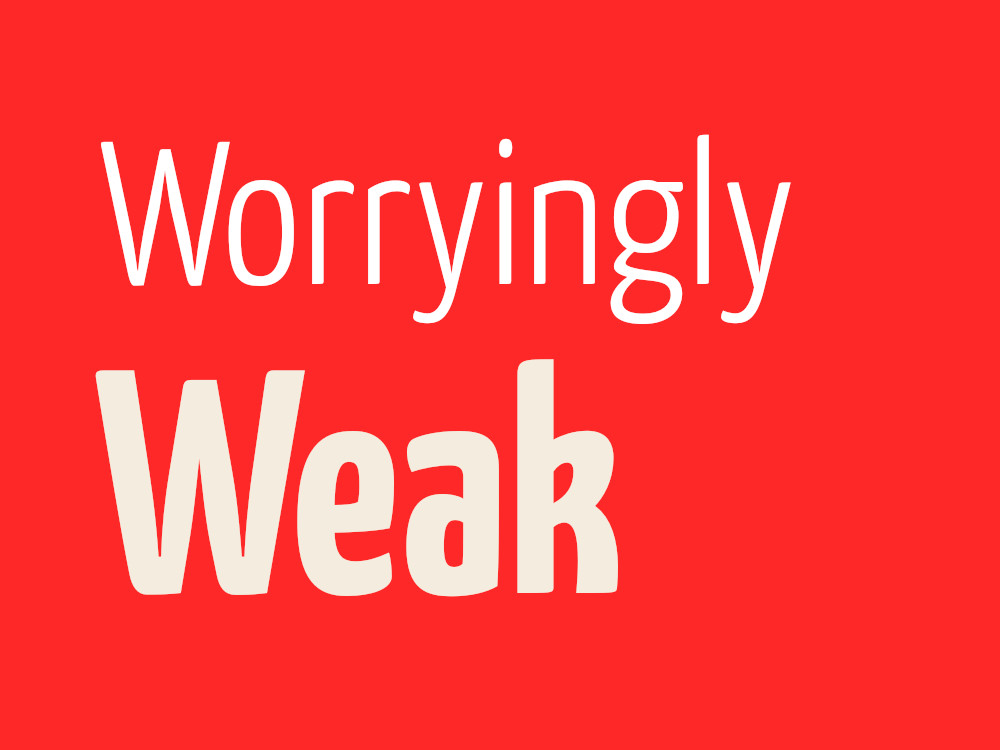“Worryingly weak” is how the socially liberal Economist magazine describes the medical evidence for teen gender transitions.
While America’s medical authorities support the “gender affirming care” system pioneered in the Netherlands, those in Britain, Finland, France, Norway and Sweden have misgivings about the pharmacological and surgical parts of the treatment. For example, the UK’s Cass Review criticised the lack of evidence involved in adopting the Dutch model as has counterparts in France and Finland.
“In 2020, the National Institute for Health and Care Excellence (NICE), a British body which reviews the scientific underpinnings of medical treatments, looked at the case for puberty blockers and cross-sex hormones,” the Economist reported in its April 8 edition. “The academic evidence it found was weak, discouraging and sometimes contradictory…”
“For both classes of drug, NICE assessed the quality of the papers it analysed as ‘very low,’ its poorest rating. Some studies reported results but made no effort to anayse them for statistical significance. Cross-sex hormones are a lifelong treatment, yet follow up was short ranging from one to six years. Most studies followed a single set of patients , who were given the drugs, instead of comparing them with another set who were not.”
It was hard to know if the described effects were due to the drugs or other factors. However, reviews in Finland and Sweden came to similar conclusions, according to the Economist.
The NICE evidence reviews were provided to the Cass review but are no longer available online.
A recent Dutch study shows that 98 per cent of adolescents on puberty blockers progress to cross-sex hormones. As the Economist notes, this either means that the medical professionals are adept at choosing the teens who have deep-seated gender dysphoria – or it means the program locks adolescents into further treatment. The Dutch researchers themselves state they cannot be sure whether using puberty blocker treatment increases the chance teenagers continue their treatment.
The UK journalist Hannah Barnes investigated the increasing disquiet felt by professionals at the Tavistock Centre’s Gender Identity Development Service (Gids). An extended extract from her book Time to Think: The Inside Story of the Collapse of the Tavistock’s Gender Service for Children is available on The Australian website.
Critiques in the Journal of Sex & Marital Therapy the Economist reported have questioned the evidence base for the Dutch protocol. A study in the journal “The Myth of “Reliable Research” in Pediatric Gender Medicine: A critical evaluation of the Dutch Studies—and research that has followed” reported “Three methodological biases undermine the research: (1) subject selection assured that only the most successful cases were included in the results; (2) the finding that “resolution of gender dysphoria” was due to the reversal of the questionnaire employed; (3) concomitant psychotherapy made it impossible to separate the effects of this intervention from those of hormones and surgery.”
A difficulty for researchers has been a significant shift in the adolescent cohort seeking gender transition from pre-pubescent boys to teenage girls. A second question has been whether patients with other conditions are screened out.
Two local studies indicate that significant co-morbidities are present in the population of teenage girls seeking gender reassignment. The Australian research carried out at a large hospital in NSW is published here and here. The researchers found, in common with other paediatric clinics providing gender services, “high levels of distress (including dysphoria about gender), suicidal ideation (41.8%), self-harm (16.3%), and suicide attempts (10.1%); and high rates of comorbid mental health disorders: anxiety (63.3%), depression (62.0%), behavioural disorders (35.4%), and autism (13.9%). The developmental stories told by the children and their families highlighted high rates of adverse childhood experiences, with family conflict (65.8%), parental mental illness (63.3%), loss of important figures via separation (59.5%), and bullying (54.4%) being most common. A history of maltreatment was also common (39.2%).” They cite the “difficulties of untangling gender dysphoria from comorbid factors such as anxiety, depression, and sexual abuse; and the factual uncertainties present in the currently available literature on longitudinal outcomes.”
As a leader comment in the Economist notes, a lack of evidence should lead to caution. “The right policy is, therefore, the one Britain’s NHS and the Karolinska Institute in Sweden seem to be working towards. This would promote psychothereapy and reserve puberty blockers and cross-sex hormones for a system in which patients would almost always be enro9lled in a well-run clinical trial.”
A culture war treatment of the issue will likely lead to locked-in positions determining treatment on political grounds. The question of harm caused to adolescents who question their birth gender is too important to be resolved that way. They deserve well-researched, evidence-based responses. The Australian researchers whose studies are noted above found their work was affected by the “effects of increasingly dominant, polarised discourses on daily clinical practice.”


“Trans” by Helen Joyce is an excellent read on this subject. Well researched and easy to digest. See: https://www.simonandschuster.com/books/Trans/Helen-Joyce/9780861543724